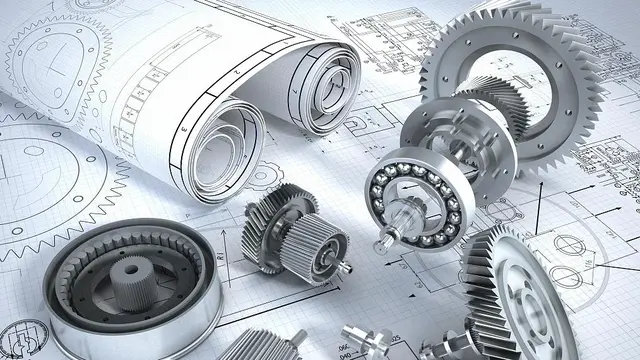China's northern regions have long been the nation's industrial heartland, but heavy industries like iron and steel are highly polluting. Now, many plants in those areas are looking to clean up their act, as planners seek to balance development with environmental protection.
China's fast-developing economy has caused much environmental pollution, especially heavy industries.
With many factories and plants polluting the environment being shut down, the remaining ones are undergoing a hard transition.
TangSteel is the largest company in north China's Hebei Province's main iron and steel production base.As the man responsible for balancing energy needs with environmental protection, Liu Guoliang,vice director of the Energy and Environmental Protection Department at TangSteel, is feeling the pressure.
Since 2017, we've invested one billion yuan in modifications to reach our ultra-low emissions target, said Liu. The result has been quite effective, reducing major pollutant emissions by 4,000 tons.
TangSteel belongs to the HBIS Group or theHesteel Group Company Limited, one of the largest steel companies in north China.
Our efficiency in energy use and emission standards are much higher than the standards in Europe and the United States. Our major plants have met the national ultra-low emission standards that were set by the Ministry of Ecology and the Environment, said Li Yiren, strategic director and president of the Strategy Institute at the HBIS.
Adopting new technology is a major plus for many traditional industries in north China, and for the group.
HBIS Group's most highly-automated production line was installed in 2015, which makes steel for automobiles with only a few people monitoring the process.
Apart from raising the quality of our products, we are also participating in the design process of auto manufacturing. It helps us win more high-end customers, said Wang Yunge, deputy director of the Technical Center at TangSteel.
The shift is winning the company more global-leading manufacturers, including some new energy vehicle makers.70 percent of its products are high value-added ones, such as steel for cars and home appliances.
In the past ten years, we've focused on high-end customers and have been upgrading our products and services, said Li. This is also an adjustment to meet the requirements for iron and steel material as the industrialization develops in China.
The transition of conventional industries is a key task in rebuilding the local economy. In 2018, Hebei Province invested over 300 billion yuan (about 43.5 billion U.S. dollars) in the transition of nine major traditional industries, ranging from Iron and steel to the petrochemical industry.
Since 2013, Hebei Province started cutting down steel production capacities. So far, it has scaled down over 80 million tons. This involves a tremendous amount of work, including dismantling plants and supporting laid-off workers.
In the meantime, the province has also started boosting innovative industries and adopting more technologies to help traditional industries facing fresh challenges in a new era. Hebei's GDP growth in the first quarter of 2019 is 7.4 percent. It could be worse as the work of weeding out surplus production capacities continues.
The average PM2.5 level dropped nearly half last year, compared to the statistics in 2013. The average number of days of good weather in the province was 208 in 2018, as compared to almost 80 days six years ago.
(CGTN)
 简体中文
简体中文

